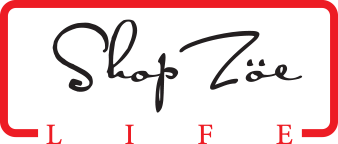FOOD APP MAKES IDENTIFYING HARMFUL INGREDIENTS SIMPLE July 29 2014

By Alison Maney
Despite the multitude of books, websites, campaigns, and blogs devoted to eating clean, most people don’t know or understand absolutely everything they eat. Even among food staples and products marketed as “healthy,” long lists of ingredients require an encyclopedic knowledge of food products and patience enough to sift through all the fruit and nut bars comparing labels.
For this reason, app developer Bill Jeffries created the Real Food Scanner Point. your phone at a food’s barcode and the app gives the product an instant red, yellow, or green score: red if it contains processed ingredients linked to serious health issues, yellow if it contains unnatural ingredients without serious side effects, and green if it contains real, natural ingredients.
In a world where even highly processed foods can be marketed as healthy, the Real Food Scanner App allows shoppers to easily pick out which foods are the safest for themselves and their families. Jeffries had never been unaware of the amount of processed ingredients in food – his wife, Amy, runs healthy eating workshops out of their local supermarket and writes a heath and fitness newsletter. However, when Jeffries began his collaboration with Nutritionex, a company compiling an extensive nutrition database, he was surprised just how common dodgy, highly processed ingredients are in everyday supermarket foods.
“It was very eye opening to me,” says the father of three. “For instance, a loaf of whole grain bread is assumed to be healthy, but we go into the data and see high fructose corn syrup in the top 5 or 10 ingredients. I’m getting a lot of feedback from people saying they were eating something they thought was healthy and found out it had sucralose in it. A lot of times, people think they have something healthy, but they find out it’s unnatural.”
By making it easier to identify harmful ingredients, Jeffries hopes that checking foods’ ingredients will become more mainstream. “We wanted to create something simple to use in order to bring the masses over to clean eating and clean food,” he says. “We can tell people over and over about bad ingredients, but that doesn’t necessarily mean they’ll change their behavior.” And because of its simplicity, the app has shown promise as a teaching tool for children. “Some of the feedback came from kids who went and scanned all their family’s food,” says Jeffries. “It’s good for shopping, but kids have started using it too.”
The app has attracted the attention of the Eat Real Movement and the Healthful Food Council, who reached out for potential collaboration. Next, Jeffries plans to develop the app for android and create a list of healthy alternatives, as well as keep track of data collected from frequently scanned items. The Real Food Scanner app costs 99 cents in the iPhone app store.
